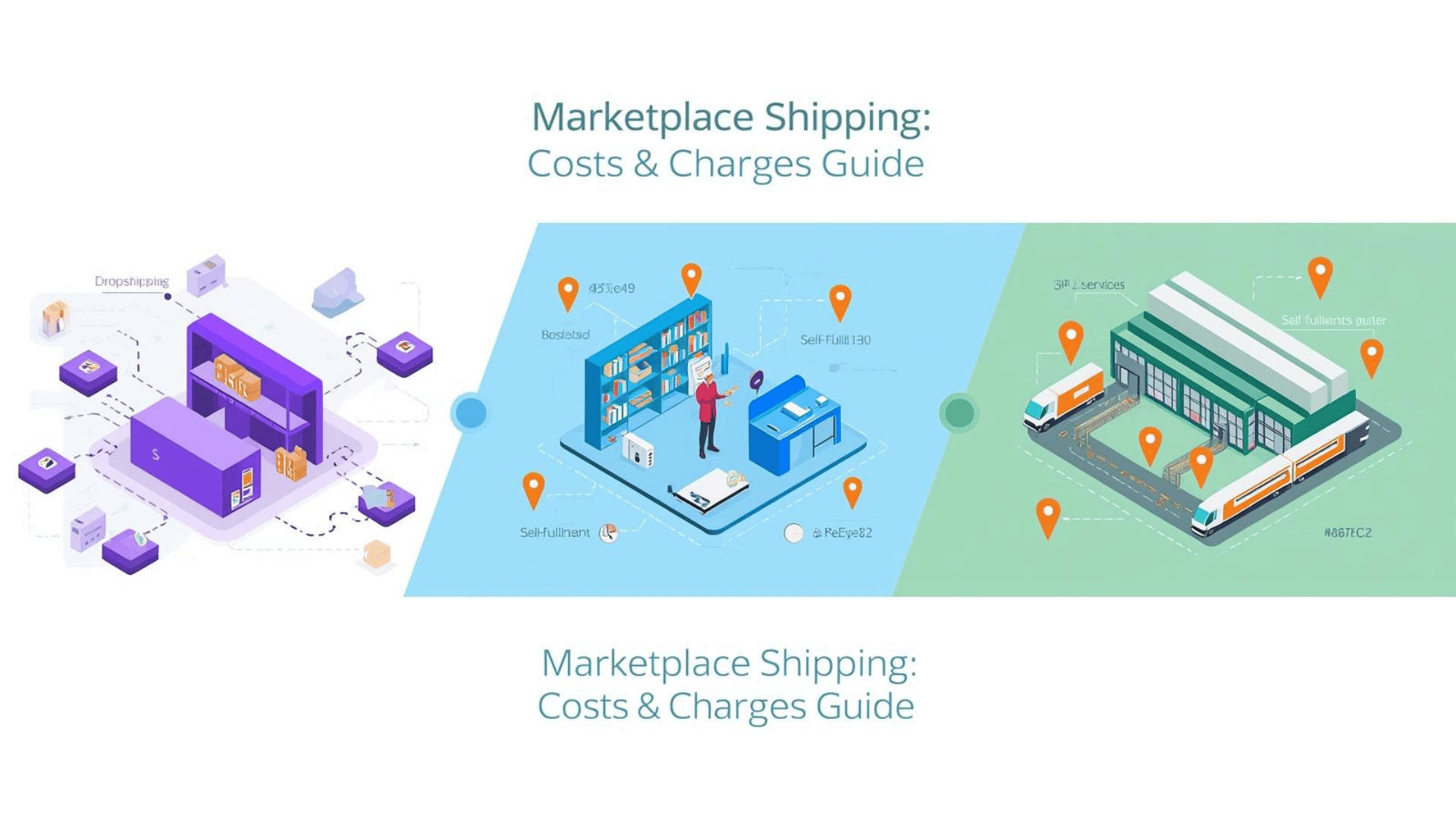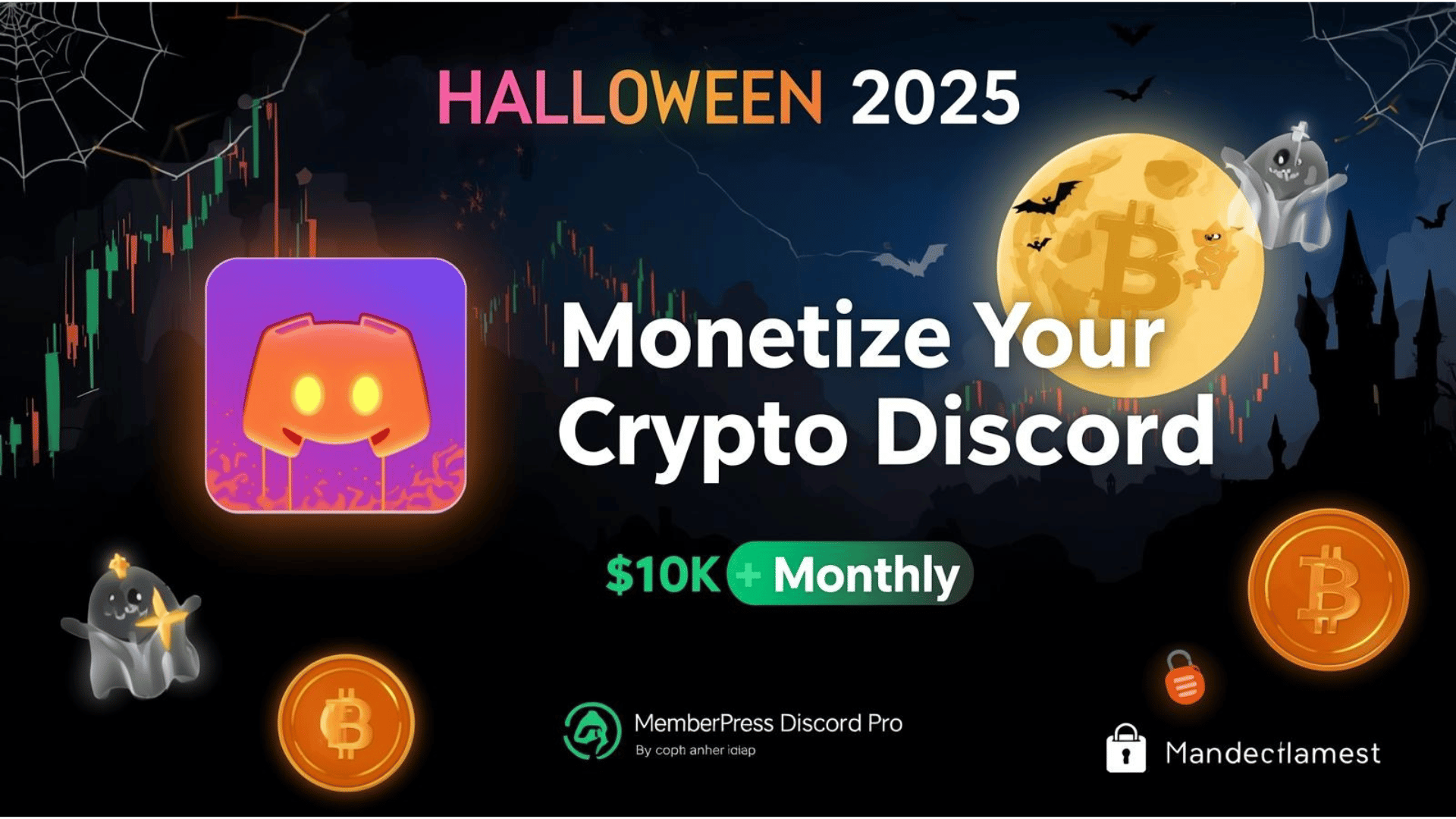Starting an online marketplace is an exciting opportunity. From Amazon and Airbnb to niche platforms like Etsy, marketplaces have reshaped how people buy and sell. But here’s the catch: not every marketplace idea succeeds. The difference between failure and success often comes down to one crucial step — validating your marketplace idea.
Before you spend money on development, invest in ads, or onboard vendors, you need to answer one question: Is there a real demand for this marketplace?
This guide dives deep into why validation matters, how to do it effectively, and which tools you can use to bring your vision to life.

Why Validating Your Marketplace Idea Matters
Skipping validation is like building a house without checking the soil first. You might have the design, the budget, and the team — but if the ground can’t support the structure, it all comes crashing down.
Here’s why validation should be your top priority:
- Saves time and money: Avoid wasting months on features nobody uses.
- Reduces risk: Spot gaps and weak points before they derail your project.
- Boosts confidence: Data-backed validation ensures you’re on the right track.
- Strengthens your pitch: If you’re raising funds, investors want proof of demand.
- Guides your roadmap: Validation highlights what features matter most.
Example: Airbnb didn’t start with a polished platform. The founders tested their idea by renting out air mattresses in their apartment to see if people would pay. That small test validated a billion-dollar idea.
Step 1: Identify the Problem Clearly
At its core, a marketplace is a problem-solving machine. Sellers want visibility and customers; buyers want access and convenience. But to stand out, you need to identify a specific problem.
Ask yourself:
- What unique issue does my marketplace solve?
- Who is struggling with this issue today?
- Why aren’t existing platforms solving it well enough?
Case in point: Etsy succeeded because it solved a problem for artisans and crafters who couldn’t compete on big e-commerce platforms like Amazon. By giving them a niche space, Etsy validated a huge untapped market.
👉 Want to dive deeper into multivendor platforms? Check out our WCFM Marketplace Essential Guide.
Step 2: Research the Market
A brilliant idea is useless without demand. Market research is the foundation of validation. Here’s how to get started:
- Study competitors: Compare features, pricing, and user experiences. For example, explore WCFM vs Dokan.
- Check search demand: Use tools like Google Trends, SEMrush, or Keywords Everywhere to measure search volume.
- Survey potential users: Ask your target buyers and sellers what pain points they face.
- Monitor forums & groups: Platforms like Reddit, Quora, or niche Facebook groups are goldmines for user needs.
📌 Tip: If no one is searching for your marketplace idea or talking about the problem you want to solve, that’s a red flag.
Step 3: Start Small With an MVP
Don’t fall into the trap of building “the next Amazon” from day one. Instead, create a Minimum Viable Product (MVP) — the simplest version of your marketplace that lets buyers and sellers interact.
Benefits of MVPs:
- Test demand without heavy investment.
- Collect user feedback early.
- Launch faster to stay ahead of competition.
- Adjust direction without major losses.
For WordPress users, you don’t need to code from scratch. Start with plugins like WooCommerce Frontend Manager or WCFM Marketplace to create your MVP in days, not months.
Step 4: Gather Feedback Early
Once your MVP is live, don’t sit back. Validation requires feedback loops. The sooner you get real user input, the faster you can adapt.
Ways to gather feedback:
- Launch beta programs for select users.
- Offer free trials or discounts in exchange for reviews.
- Use heatmaps (like Hotjar) to track user behavior.
- Conduct interviews with vendors and buyers.
Remember, negative feedback is valuable. If users are pointing out flaws, it means they care enough to give feedback — which is much better than silence.
Step 5: Personalize to Stand Out
Generic marketplaces fail because they don’t connect deeply with users. Personalization is your secret weapon.
- Show tailored product suggestions.
- Highlight trending vendors for specific user groups.
- Use behavior data to recommend categories.
Platforms that thrive (like Amazon and Netflix) have mastered personalization. You can too, by implementing Personalized Recommendations in your marketplace strategy.
Step 6: Upgrade When You See Demand
Validation isn’t the end — it’s the beginning. Once you’ve confirmed demand and secured your first active users, it’s time to scale.
That’s where feature-rich solutions like WCFM Ultimate come into play.
Features you unlock with upgrades:
- Advanced commission management.
- Flexible vendor membership options.
- More detailed reporting and analytics.
- Enhanced vendor-customer communication.
Scaling smart means balancing user needs with profitability. Don’t rush, but don’t stall either.
Real-World Examples of Marketplace Validation
Let’s look at how some of the biggest names validated their marketplace ideas before scaling:
- Airbnb: Started with air mattresses in a living room to test demand.
- Uber: Launched in San Francisco with just a few black cars before expanding globally.
- Etsy: Targeted a niche — artisans and handmade goods — instead of competing with Amazon directly.
- Fiverr: Launched with a flat $5-per-gig model, validating that micro-transactions could fuel a services marketplace.
Each of these companies validated early, pivoted when needed, and scaled only after seeing real traction.
FAQs About Validating Your Marketplace Idea
Why is validation important before launching?
Because it ensures you’re solving a real need and reduces the risk of wasted time and money.
How do I know if my marketplace idea is unique?
Research existing players, like through a WCFM vs Dokan comparison, and highlight your differentiators.
What’s the cheapest way to validate?
Start with surveys, pre-launch landing pages, and social media polls before committing to development.
Can I validate without building an MVP?
Yes, even a no-code prototype or mockups can gather useful feedback from potential users.
Where can I get professional help with marketplace development?
You can contact us for tailored marketplace development and migration services.
Final Thoughts
Validating your marketplace idea isn’t just an optional step — it’s the foundation of your success. By identifying real problems, researching demand, building MVPs, and gathering user feedback, you can save time, reduce risk, and position yourself for sustainable growth.
With tools like WCFM Marketplace, WooCommerce Frontend Manager, and advanced personalization strategies, you can bring your marketplace idea to life with confidence.
Remember, the best marketplaces didn’t become giants overnight. They started small, validated carefully, and grew step by step. Yours can too.




